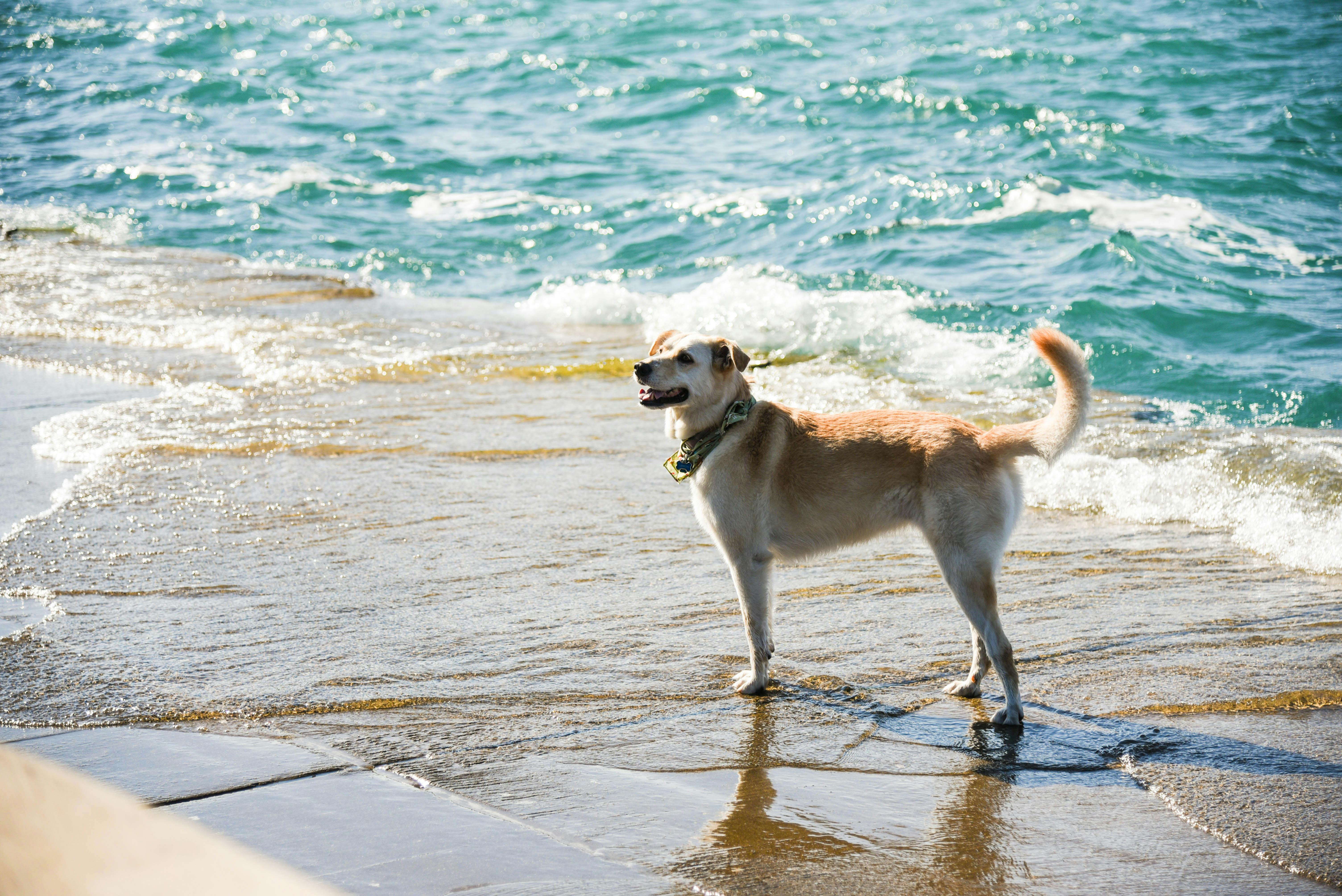
Indian painting: history and development
In India, the earliest traces of paintings can be attributed to the prehistoric period. These paintings are made in the Bhimbetka Caves in Madhya Pradesh. On the quartzite walls of the rock shelters these paintings were executed with the help of mineral pigments, predominantly ocher. These paintings have shown various animal and human figures, hunting scenes, and animals in standing positions, running, and grazing.
When we explore the literary sources we find various references to paintings in the early periods of the Christian era. For example, the drama Mudrarakshasa gives references to pata (paintings) along with details on Yama-pata, Cauka-pata, and dighala-pata. Similarly, in another historical work, Vishnudharmottara, a chitrasutra section elaborates on the basic principles of painting. The earliest Buddhist work, Vinayapitaka, also refers to the existence of painted figures on many royal buildings.
During the Satavahana period and the following period, several beautiful murals were made in Ajanta and in other places such as the Mahadeo Hills, Ellora Temples, and Bagh Caves. Based on these factors, the period between the 4th and 6th centuries AD is known as the Golden Period of the Indian Arts. Pallava and Chola reign in the southern part of India also encouraged painting along with sculpture.
The Pala kings in Bengal gave immense support to the painting cause during the 9th to 15th century period. These paintings have been found on palm fronds and on manuscript covers. Some historians call these paintings the earliest examples of miniature paintings.
During the Mughal rule, miniature paintings reached the pinnacle of their glory. Meanwhile, various types of painting styles originated from different parts of India. Various forms of folk art and tribal paintings became an integral part of Indian culture.